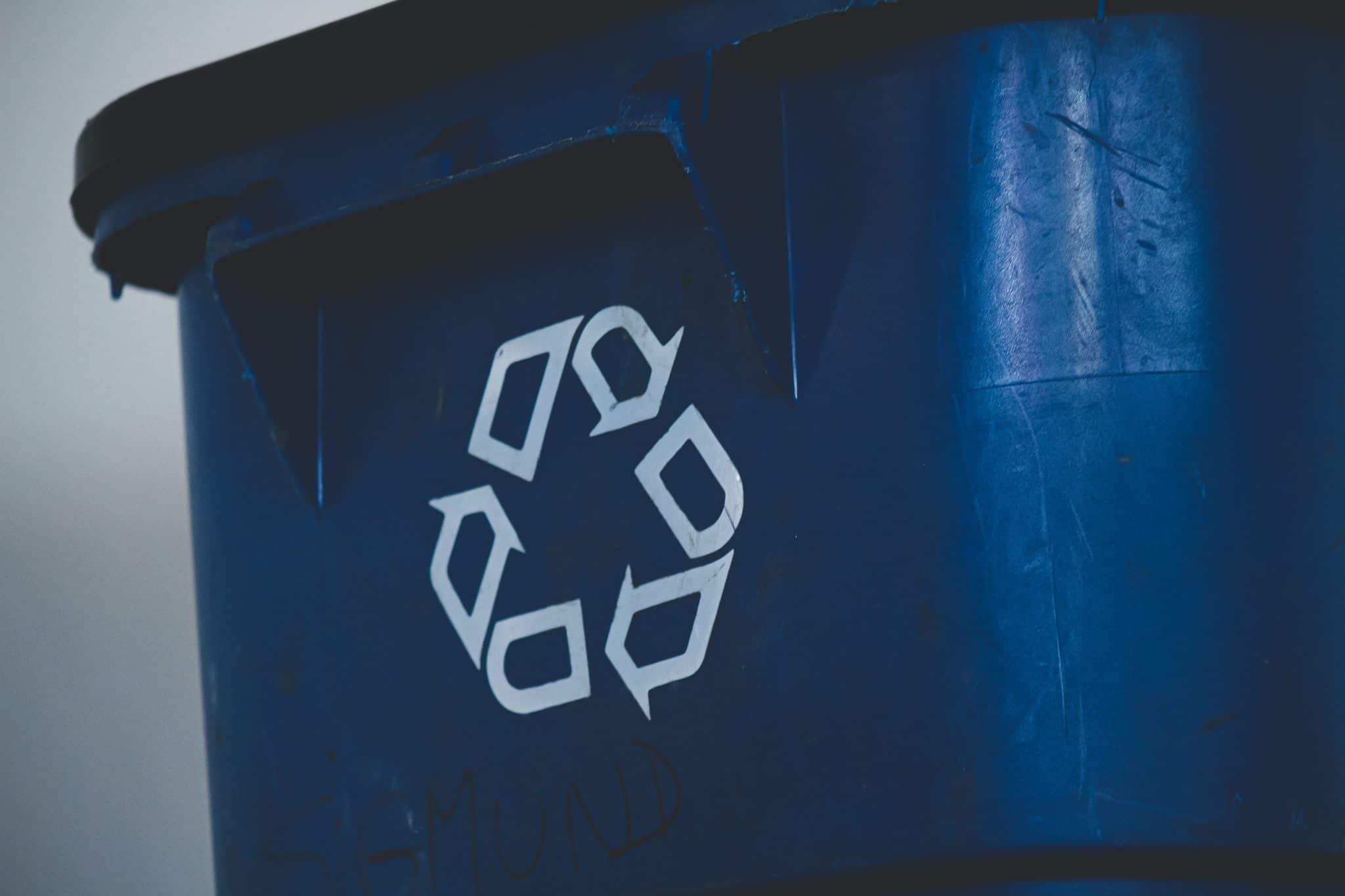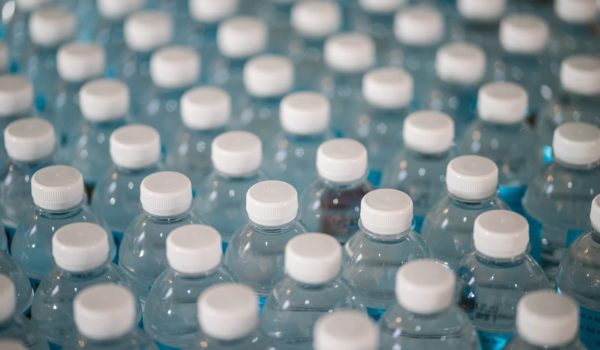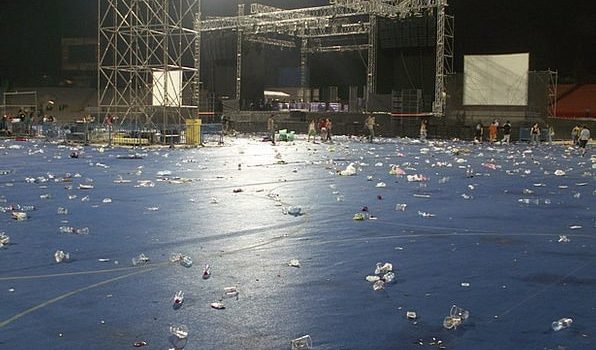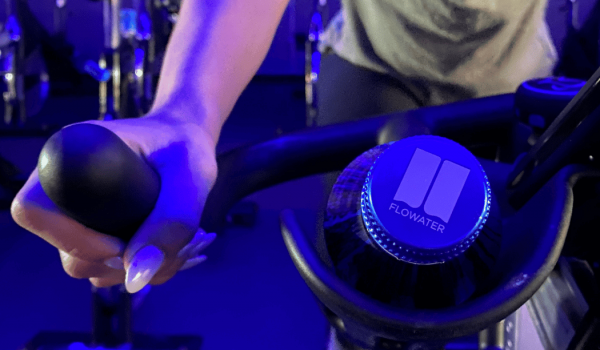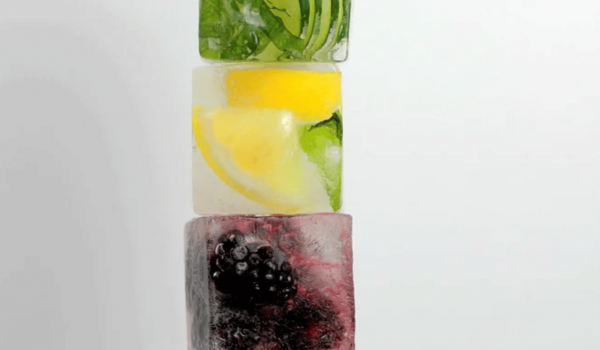Sustainability is a top value of today’s students, and they are searching for ways they can give back to the planet in all areas of their life. According to a 2021 Deloitte survey, concerns about climate change and the environment remain a top concern for Gen Z.1 They look at their actions and how well their communities are helping to shape sustainable development, including in schools.
Over the past several years, there’s been an intentional effort made by administrators to learn how to improve sustainability in schools. In addition to meeting the changing needs of students, implementing eco-friendly initiatives can help save money and create a better carbon footprint for the future generation of students to benefit from as well.
The collective effort from schools to highlight environmental education has a positive impact that starts at the student level and permeates throughout society. Fortunately, there are several ways schools can promote sustainability efforts, from the time a child starts grade school, all the way up to college-level and beyond. Here are a few ways to get started.
Recycle and Upcycle
The first step in creating sustainable practices at school is often through recycling initiatives. To reduce plastic pollution in schools, many already have recycling containers that separate plastic from trash bins. Others take it further by also supplying individual bins for cardboard, glass, and other recyclable materials. By making recycling bins easily accessible both in classrooms and in student common areas, it serves as a constant reminder for students to create better habits. It encourages them to take a pause and consider whether what they’re about to throw can be recycled or not.
Furthermore, today’s school-age generation is focused on the art of upcycling. According to Forbes, a majority of younger generations (including 59 percent of Gen Z) are buying upcycled items. These are products made of discarded materials or objects to create another product of greater quality or value than its original state.2
Though talked about more in the modern world today, the concept of upcycling isn’t necessarily a new trend. For decades, teachers have implemented arts and crafts projects, particularly among grade school students, to upcycle empty tissue boxes and coffee cans to make into Valentine’s Day boxes, pencil holders, and other items to personalize students’ desks. Starting with these simple ideas makes it easy to introduce the habit of recycling.
Eliminate Single-Use Plastic
Another impactful change when deciding how to improve sustainability in schools is eliminating single-use plastic bottles. During the 90s, there was a shift in the buying and consumption of bottled water. Single-use plastic water bottles suddenly appeared in school vending machines and became a growing commodity that represented convenience for students, teachers, and administrators alike. While this encouraged the benefits of drinking water in school, the surge of bottled water led to an overwhelming spike in plastic waste filling up the landfills and destroying our oceanic ecosystem.
Starting in the early 2000s, administrators and students began to take an active stance in banning the sale of plastic water bottles in schools. For example, UC San Diego created a Student Sustainability Collective, a group of students focused on eliminating disposable plastic water bottles on campus.3 This is one of many colleges where students are leading the change by offering solutions to eliminate the presence of single-use plastic.
To replace the need for filtered water sustainably and keep student hydration a priority, many schools have begun installing FloWater Refill Stations. FloWater’s bottle filling stations for schools provide students free, fresh water on demand and eliminates the need for single-use plastic bottles. In addition to reducing plastic waste, FloWater uses energy-efficient LED lights and an internal monitoring system that keeps FloWater running at low operating costs.
Plus, the dispensing area fits any size of refillable container and has a rapid fill rate to serve a large population of students always on the go–every FloWater Refilling Station can fill a large student refillable vessel in less than 10-seconds. Every time water is dispensed, the Refill Station tanks are automatically refilled to deliver cold, fresh FloWater to the next user. It’s a way for schools to become greener, while also saving on financial costs that’ll pose great benefits in the long term.
Plant a Community Garden
Part of the focus of how to improve sustainability in schools can be done by taking a look at environmental education for children starting at a young age. A hands-on approach, such as planting a community garden, turns a learning opportunity into a fun, interactive initiative.
The U.S. Department of Agriculture offers several resources for advice and assistance in setting up and maintaining a student-led garden.4 This includes everything from checking the health of the soil to selecting which plants are best to grow. Planting a garden engages students in learning about where their food comes from while instilling a sense of pride and ownership over the project. In addition to providing environmental education for students, it also teaches them about health and nutrition, complements science lessons, and inspires their creativity, such as coming up with recipes.
This type of project also goes hand-in-hand with reducing food waste, another sustainable practice that can help shape a student’s habits. By creating a composting program in coordination with school cafeterias, many food scraps can be used for gardening. Plus, some companies and organizations will collect extra food to be donated, creating a positive impact on the environment and community.
Update Playground Equipment
When it comes time to update playground equipment, exploring eco-friendly options can eliminate the use of toxic materials, while also using recycled materials for a more sustainable renovation. When considering school safety, playground maintenance is important to prevent injuries from happening. The U.S. Consumer Product Safety Commission provides a checklist to create safer school playgrounds.5
One of the items on this checklist is to install and maintain a shock-absorbing surface, such as wood chips or sand. As an alternative, many schools have begun to use recycled rubber to surround their playground equipment. Another factor is to make sure playground equipment isn’t too hot for children to play on. Certain materials commonly used in playgrounds, like iron, can easily become hot and should be replaced by sustainable materials that can better regulate surface temperature.
Use Sustainable School Supplies
Fortunately, in the digital age, the amount of paper needed in schools has decreased dramatically. Sharing information electronically, whether through email or QR codes, is an easy way to incorporate sustainable practices at school. However, it doesn’t need to stop with limiting the amount of paper when thinking about how to bring sustainability to school supplies.
Brands have become transparent in their sustainability efforts, as well as highlighting which products are toxic-free. Everything from scissors to crayons and notebooks to backpacks can be found using sustainable or recycled materials. Creating sustainable habits often takes small steps to make big impacts. Offering these suggestions for parents and making small changes like this can help improve overall sustainability efforts in the school community.
Rather than making multiple dramatic changes all at once, schools that slowly introduce a new sustainability initiative to students and parents will receive greater engagement and feedback than forcing people to adapt to sudden changes without a clear purpose or communication.
Why Sustainability in Schools Matters
Students want to participate in activities that align with their values and purpose. Sustainability efforts have become essential versus optional in their eyes. And, if their schools aren’t currently offering these options, they’re finding ways to spearhead solutions themselves.
On the other hand, for school administrators, there are grant programs available that may be used to support schools’ efforts to reduce their carbon footprint and improve environmental education. Furthermore, The U.S. Department of Education offers recognition through its Green Ribbon Schools Award for schools that demonstrate a commitment to reduce their environmental impact, improve the health and wellness of students and staff, and provide effective sustainability education.6
FloWater’s Focus on Sustainability in Schools
FloWater Refill Stations were designed with sustainability in mind. As schools, businesses, and society, in general, move to a more environmentally-friendly mindset, having a fresh water dispensing solution that’s readily accessible is a top priority for businesses. It’s not only students who expect this to be an option in public spaces in the same way public drinking fountains have been for so long, especially now that back-to-school COVID protocols are being implemented.
The replacement of drinking fountains and hydration stations with FloWater Refill Stations is a part of the evolution of technology that makes water purification available for the masses. FloWater’s 7x Advanced Purification System removes up to 99.9% of viruses, bacteria, heavy metals including lead, pharmaceuticals, herbicides, pesticides, and microplastics while providing direct access to clean and great-tasting water without the need for plastic bottles or concern over defective water fountains. Plus, it keeps students hydrated throughout the day to boost their academic and athletic performance. Data even shows that students who have access to FloWater drink 2-5x more water and far less sugary, caffeinated, and carbonated beverages.
Additionally, the FloWater Refill Station provides a sanitary way to dispense water for public consumption in a safe and contactless way. There’s minimal maintenance necessary due to the self-sanitizing internal system. And, with touchless water refill availability through the Refill Station’s Foot Pedal, it offers ease and convenience by allowing everyone to avoid coming into contact with its surface, thus reducing the potential of cross-contamination with viruses and bacteria.
While implementing a sustainable practice at school, it’s important to maintain open, consistent lines of communication and set realistic expectations. Setting tangible goals every year can help administrators track their progress and show parents and students what initiatives have been implemented and how much value they’ve added to the school.
Sources:
- “A call for accountability and action. The Deloitte Global 2021 Millennial and Gen Z Survey.” Deloitte. https://www2.deloitte.com/content/dam/Deloitte/global/Documents/2021-deloitte-global-millennial-survey-report.pdf
- Petro, Greg. “Sustainable Retail: How Gen Z Is Leading The Pack.” https://www.forbes.com/sites/gregpetro/2020/01/31/sustainable-retail-how-gen-z-is-leading-the-pack/
- “Students Seek to Ban Plastic Water Bottles from Campus.” JC San Diego News Center. https://ucsdnews.ucsd.edu/feature/students_seek_to_ban_plastic_water_bottles_from_campus
- “Start A School Garden – Here’s How…” U.S. Department of Agriculture. https://www.usda.gov/media/blog/2013/08/13/start-school-garden-heres-how
- “Safer Playgrounds, Safer Play for Kids.” United States Consumer Product Safety Commission. https://www.cpsc.gov/safety-education/safety-guides/kids-and-babies/safer-playgrounds-safer-play-kids
- “Green Strides: Environment, Health, and Facilities at ED.” U.S. Department of Education. https://www2.ed.gov/about/inits/ed/green-strides/index.html
